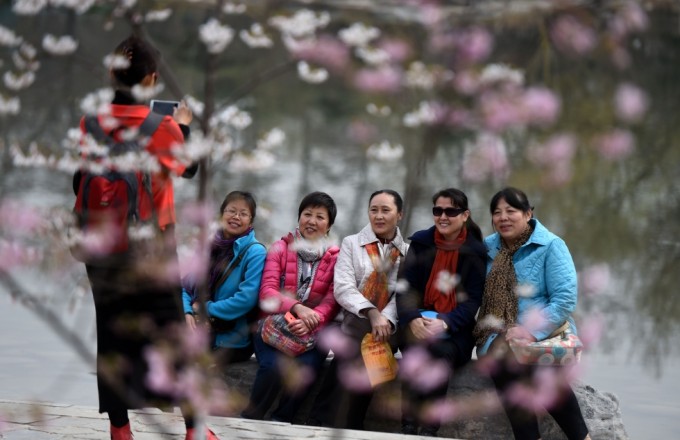The three countries launch ‘Visit East Asia Campaign’ as they seek to enhance visitor goal of 30 million by 2020
East Asian nations, China, Japan and South Korea, have decided to briefly put aside territorial and historical disputes for rare trilateral talks announcing a bid to boost tourism numbers in the three countries to 30 million visitors in five years.
China, Japan and South Korea agreed to launch joint tourism event, the Visit East Asia Campaign, to make the three countries as a tourism combination to attract visitors beyond East Asia.The session, the first such gathering since 2011, marked the resumption of the three-way ministerial talks following Japan’s deteriorated relations with the two neighbors over territorial disputes and disagreements over historical recognition issues.
In a joint statement released after their meeting in Tokyo, the ministers also sought to collaborate in organizing a “visit East Asia” campaign to attract tourists from the United States, Europe and elsewhere during such occasions as the 2018 Winter Olympics in Pyeongchang, South Korea, and the 2020 Tokyo Olympics and Paralympics.
The meeting – the first in four years – came as South Korea prepares to host the 2018 Winter Olympics and Japan prepares to host the 2020 Summer Olympics.
“Exchanges through tourism can play an extremely important role in overcoming difficult political situations,” said Kim, the South Korean tourism minister.
Ota acknowledged after the meeting that the key challenge in achieving the target is to reverse the downward trend of the number of Japanese visiting China and South Korea.
“A new era has opened for tourism exchange among Japan, China and South Korea,” the Japanese minister said at a news conference.
Three countries agreed to enhance cooperation and information sharing among their branches in Europe and America to attract more tourists from the regions. They also agreed to make joint efforts to improve the interconnection and interworking system in the region and facilitate cooperation in tourism in terms of developing new tourism products.





